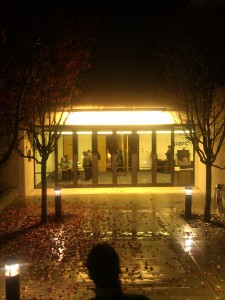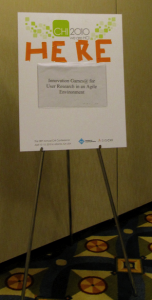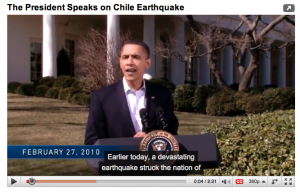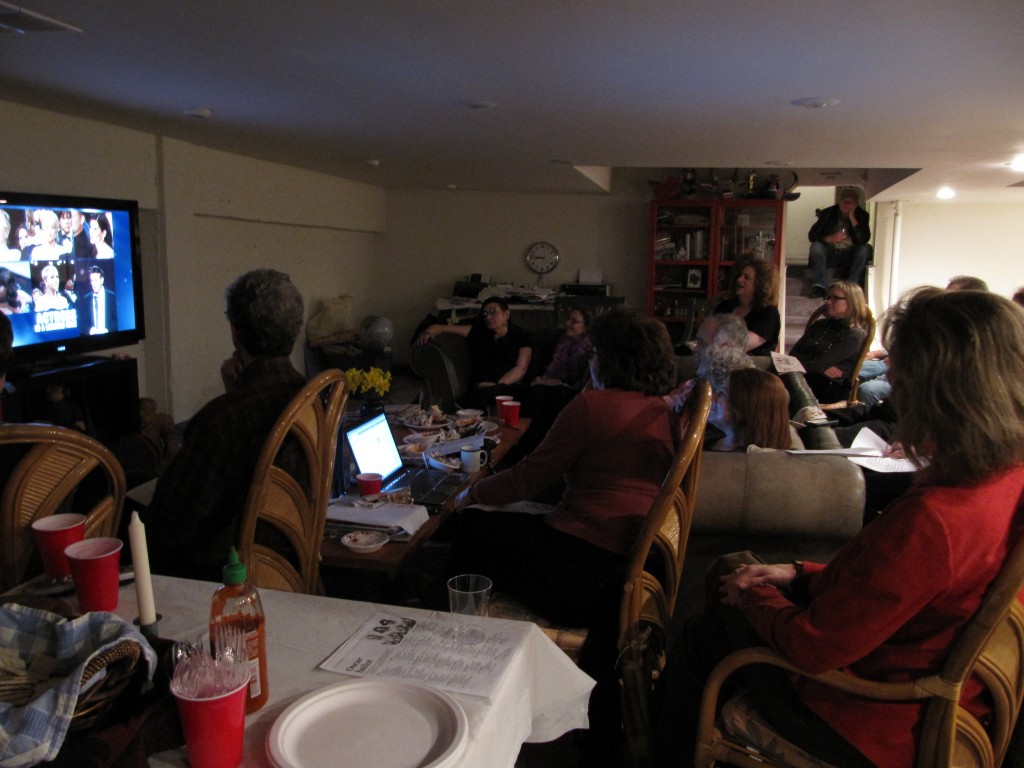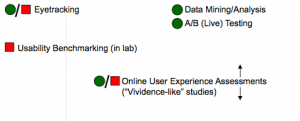My History with BayCHI
As you may already know, I’ve been a member of BayCHI, the local San Francisco chapter of ACM’s Special Interest Group on Computer Human Interaction (SIG CHI), since 1991. At that time I was still living on the East Coast. SIGCHI was only in its 8th year. The first BayCHI monthly meeting happened on September 12, 1989. I got the newsletter and learned what was happening in the Bay Area.
In 1989 I had joined an interdisciplinary work team part of the larger User Interface Institute at IBM Research, where I learned about Human Computer Interaction, a (new) discipline that drew on computer science, psychology, and several other established practices. It suited me well. Our team presented at the highly competitive SIG CHI conference in Spring 1991 and Spring 1992. My role was a 2-year rotational assignment; I was definitely interested in returning to California after 20 years on the East Coast. While I didn’t find an IBM role on the West Coast, I did relocate in late 1992.
Once in the Bay Area, I became a regular at the monthly meetings. In those days we met at Xerox’s Palo Alto Research Center (PARC) in person. One of the PARC staff served as our local host there, while BayCHI volunteers ran the meetings. Initially (for a dozen years) Richard Anderson was the program chair. You can learn more about him and those early days from our recent retrospective about Richard (October 2023’s monthly BayCHI meeting). The memorable factoid for me was that once Richard stepped aside from his role, it took 5 or more volunteers to replace him (selecting and scheduling speakers, updating the calendar, notifying members, handling logistics with the PARC A/V staff, hosting the monthly meeting, and all the related tasks). And keep in mind this was before social media existed.
Richard started the BayCHI tradition of offering a vast range of topics through the months. in contrast to some other local chapters’ programming of thematic topics for a year, e.g. CHIFOO’s tradition. (Still other local chapters hold a single meeting per year, rather than BayCHI’s schedule of a monthly meeting.) And Richard’s successors, Rashmi Sinha, Christian Crumlish, Paul Sas, Ted Selker, Smitha Papolu, and I have all followed that “potpourri” tradition.
We’re open to topics about humans and computing and interaction in hardware, software, psychology, business processes, media, management, architecture, art, and of course the many design disciplines, especially interaction design (IxD). BayCHI has featured projects or products across the spectrum of venues: tech, health, transportation, games, law, privacy & security, collaboration, ethics, civic engagement, productivity tools, B2B and B2C. Our presenters are well-known authors or founders of up-and-coming startups, newcomers and long-timers, and people from beyond HCI or User Experience. They’ve shared novel techniques or adaptation of methods and analytic tools. I’ve often said I earned a PhD before I knew about BayCHI, and I’ve earned another Master’s degree or two from the education I got on the second Tuesday of the month for 30+ years.
I remained an audience member only, until 2008, when the Steering Committee tapped me to become Chair. Chair (one of three elected positions) handles the routine – and unexpected – governance issues of the chapter, along with a Vice-Chair, and a Treasurer. The officers and any other volunteers or interested parties comprise the Steering Committee. I’ve continued to serve as a Steering Committee member even after two terms as Chair. In 2017, when Paul Sas was taking a sabbatical with his family away from the SF Bay Area, I offered to take on the role of Program Chair. And I embraced that role with backup from co-chair, Smitha Papolu, for the past 6 years. Ted Selker joined us about 3 years ago, where we followed a pattern first set by Rashmi and Christian, alternating months. Note that all these folks are volunteers. So far BayCHI has no paid positions.
The Future of BayCHI Programs
This month marks my 75th birthday. I’m taking the occasion to announce my retirement from BayCHI at the end of this calendar year. I’m going to let go of my long-term responsibilities as a Steering Committee member, as program co-chair, as social media maven, and calendar updater. I think after 15 years it’s enough.
My retirement opens space for you or someone you know
The key role – Program Co-Chair – is the person (or team) who will plan monthly meetings by soliciting & scheduling speakers on topics of interest. The program chair may also invite a guest host to organize a panel on a topic of interest (as planned for Tuesday, November 14 meeting, “Inclusive and Natural: Making AI work for everyone,” which developed after a conversation with Mary Parks, our moderator for the evening.)
We – the leadership team of BayCHI – are proposing a more open process for selecting a new member of the program team. (Previously, the outgoing chair would invite the next program chair or chairs.) We’ll announce it shortly and invite people to declare their candidacy for the role. Watch the BayCHI.org website and the social media feeds on Facebook, Twitter/X, and LinkedIn to learn about informational meetings, how to apply, and how the Steering Committee will make a decision.
